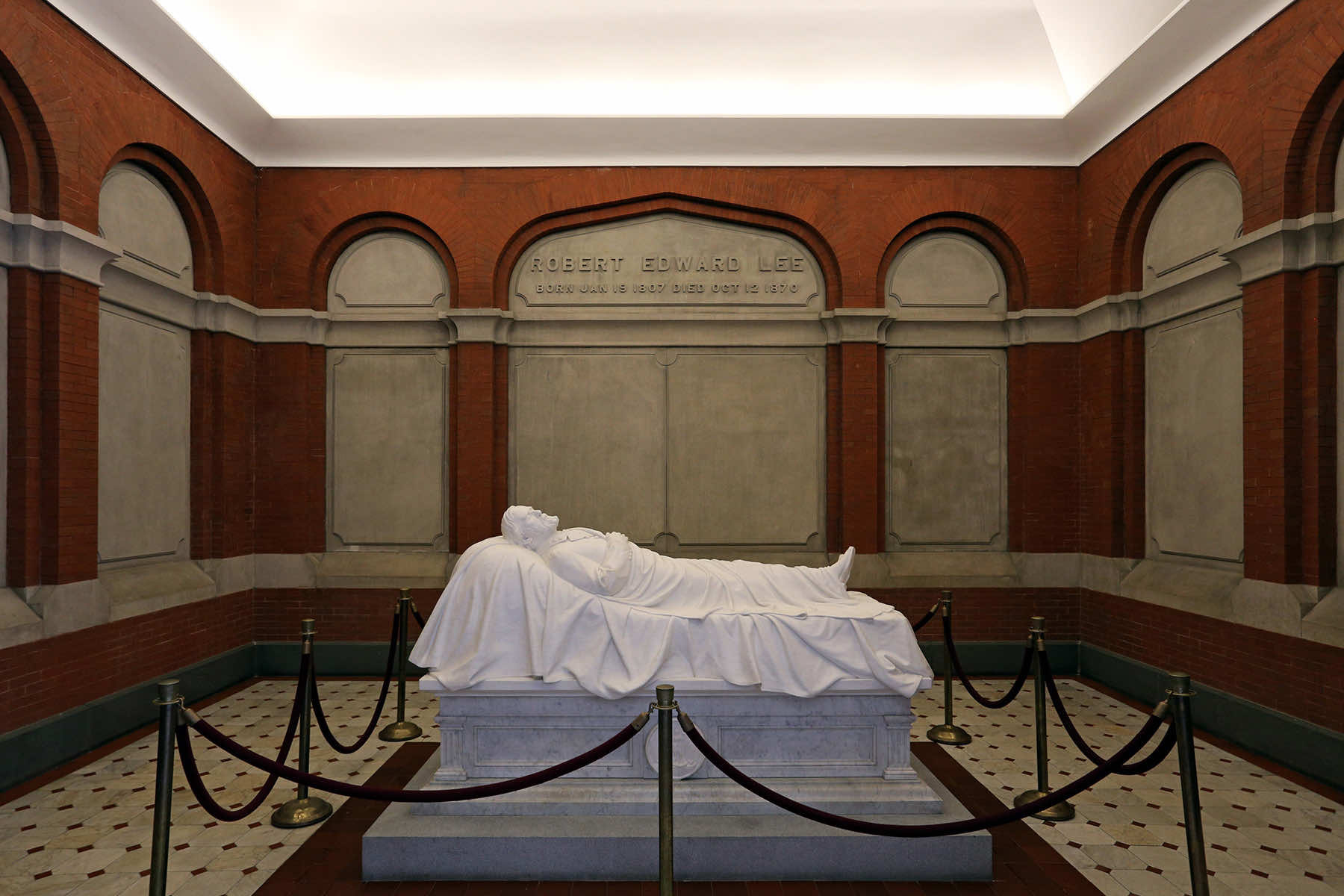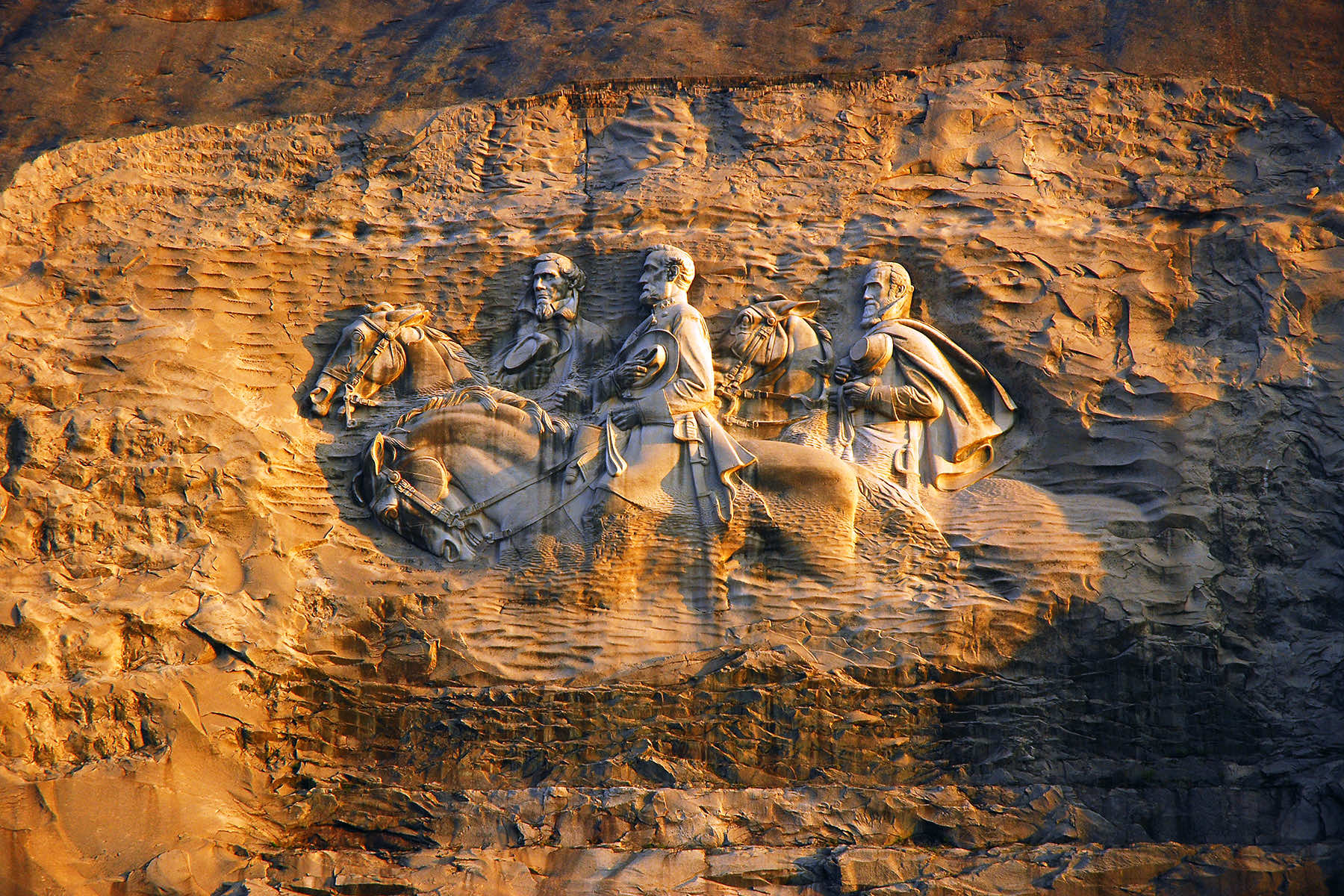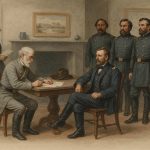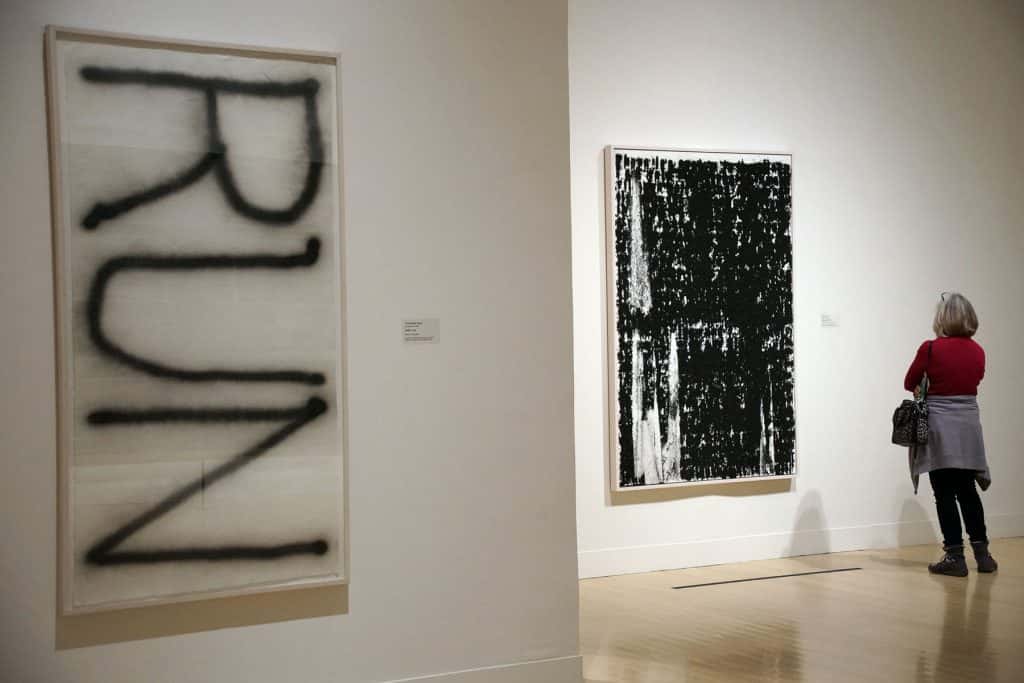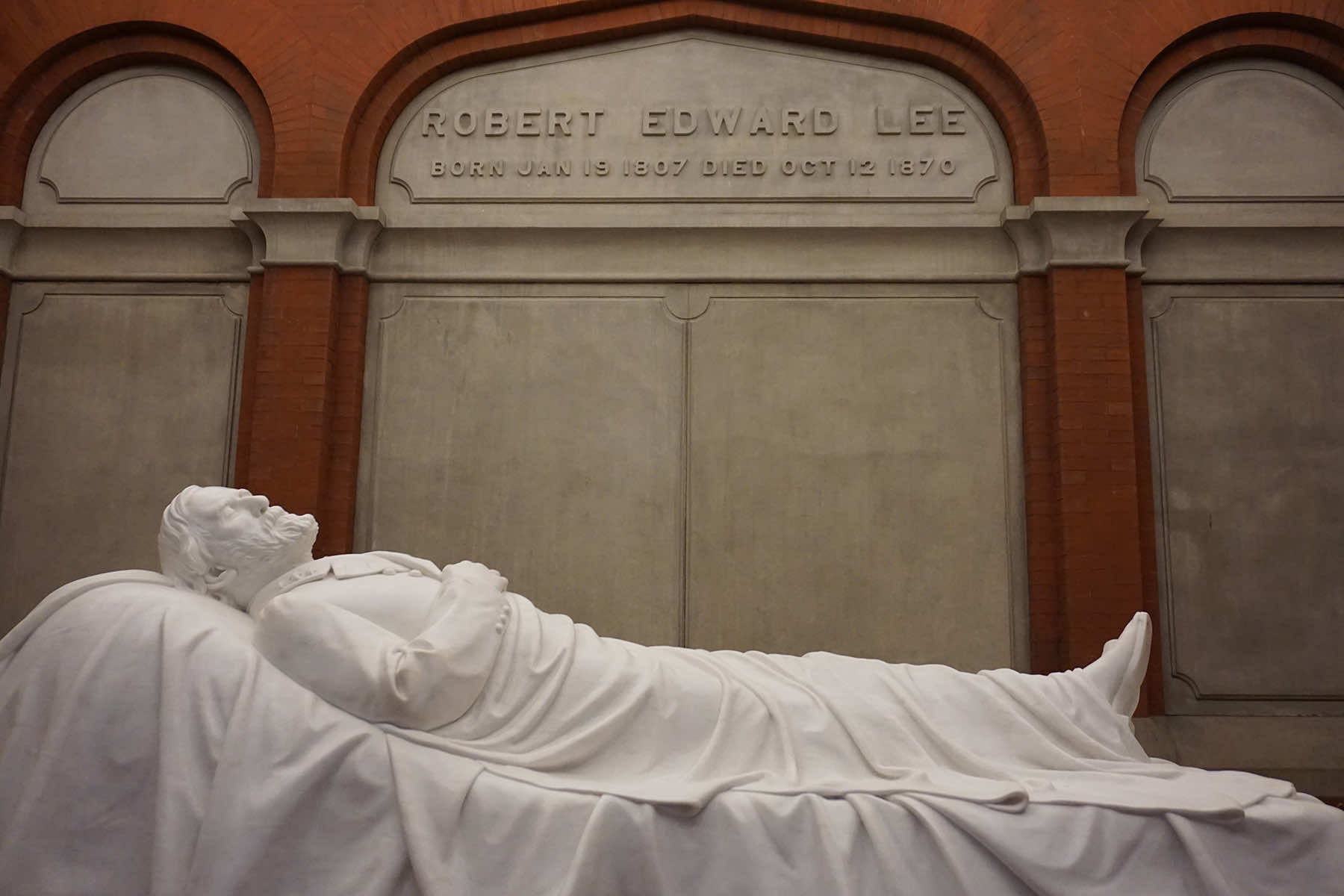
Symbols of the mythic reverence for Robert E. Lee could easily be found in public spaces across the country until 2020, when the Black Lives Movement gained nationwide attention during the COVID-19 pandemic.
Along with statues of marble and bronze, plaques provided a cursory biography. While they mentioned his West Point education and his command of the Confederate Army during the Civil War, they glossed over the central truth about him. Lee was a traitor who led forces against the United States to defend slavery.
Although many assume the so-called “Lost Cause” narrative thrives only in states that once seceded, the romanticized image of Lee has taken root in Northern cities like Milwaukee and beyond. Pockets of supporters continue to hold him up as a noble figure, ignoring his central role in preserving the absolute dominance of White society.
The public esteem of Lee did not happen by chance. It was the outcome of decades of historical distortion, often spread by right-wing groups and White Nationalists who see Lee as a convenient symbol for their racist ideologies.
Their revisionist tale portrays him as a kind and reluctant warrior, a champion of states’ rights and Christian virtue. The truth, by contrast, paints a far darker portrait of the man who abandoned his oath to the United States to preserve human bondage.
A FATEFUL CHOICE
Born in Virginia in 1807, Robert Edward Lee was the son of Henry “Light-Horse Harry” Lee III, a Revolutionary War hero. The younger Lee graduated near the top of his West Point class in 1829 and served with distinction in the Mexican-American War (1846-48). His engineering skills and battlefield acumen earned him respect among peers, including future Union generals.
By the mid-19th century, the nation was hurtling toward crisis over whether slavery would expand into newly acquired territories. Secession loomed when Abraham Lincoln was elected president. While Lee wrestled with his allegiance, the decisive moment came in 1861. President Lincoln, hoping to avert bloodshed, offered Lee command of Union forces.
Lee refused. He resigned his commission in the U.S. Army and swiftly joined the Confederacy, citing loyalty to Virginia. His decision was pivotal. The revered West Point graduate would command an army against the federal government. With Lee’s military expertise, the Confederacy posed a formidable threat for the next four years, resulting in the deaths of more than 600,000 Americans.
TRAITOR TO HIS NATION
Some historians prefer to avoid the term “traitor,” acknowledging Lee’s internal conflict. But legally and morally, Lee’s choice was unequivocal. He had taken an oath to defend the Constitution, yet he broke it to champion a rebellion. That rebellion sought to preserve a society based on enslaving millions of Black Americans.
In his post-war writings, Lee never fully acknowledged the moral outrage of human bondage. Contrary to popular claims that he was ambivalent about slavery, records show that he inherited enslaved people and enforced harsh punishments, including flogging. In letters, Lee even described slavery as a form of “discipline” that benefited Black people, views that underscored his support for White Supremacy.
ARLINGTON NATIONAL CEMETERY
A short distance from the U.S. Capitol stands Arlington National Cemetery, one of the nation’s most sacred military burial grounds. Before the war, it was the estate of Lee’s wife, Mary Anna Custis Lee. When the rebellion broke out, Lee abandoned the property to join the Confederate cause.
The U.S. government confiscated the estate for failing to pay property taxes in person, a move that many historians say was partly punitive. Union leaders, especially Quartermaster General Montgomery C. Meigs, saw Arlington as the perfect location to bury Union dead.
By placing graves on the grounds right up to the Lee mansion, Meigs hoped Lee would never reclaim the land. Today, thousands of white headstones fan out from the former Lee household, a silent testament to those who died defending the Union that Lee chose to betray.
Arlington’s transformation from a slave plantation to a cemetery was more than just wartime expediency. It was a moral statement that placed responsibility for the carnage on Lee. The property of a Confederate general would become a final resting place for the soldiers who stopped his rebellion.
WHITEWASHING THROUGH THE LOST CAUSE
Following the war, a narrative emerged across the South known as the Lost Cause. Proponents claimed the Confederacy fought nobly for states’ rights, downplayed the role of slavery, and cast Lee as its saintly hero.
That false narrative seeped into elementary school textbooks and public discourse, aided by Confederate veterans’ associations and influential writers who revered Lee. Statues and memorials sprang up in the late 19th and early 20th centuries, coinciding with the era of Jim Crow segregation.
Those monuments were less about commemorating the immediate aftermath of the war and more about cementing White Supremacy at a time when Black Americans were systematically denied basic rights. Lee’s myth became a rallying symbol that supported a wave of revisionism. He was romanticized as a Christian gentleman, dutiful to his state, tragically forced into war.
WISCONSIN’S CONTRIBUTION TO THE UNION
In 1860, Wisconsin was home to approximately 775,000 people, a relatively small state by population standards. Yet, when the Civil War erupted in 1861, Wisconsin’s contribution to the Union Army was substantial, with over 91,000 men answering the call to serve. That staggering figure represented more than 11% of the state’s total population and roughly 50% of its military-age men.
The state raised 53 infantry regiments, 4 cavalry regiments, and 13 light artillery batteries, in addition to specialized units. Those soldiers fought in some of the most pivotal battles of the war, including Antietam, Gettysburg, Vicksburg, and Shiloh, leaving an indelible mark on the Union’s victories.
Approximately 12,000 soldiers from Wisconsin lost their lives during the Civil War. Of those, around 3,800 died in combat or from wounds sustained in battle, while the majority succumbed to disease, which claimed more lives than combat during the war. Among Wisconsin’s most celebrated contributions was the Iron Brigade, which included the 2nd, 6th, and 7th Wisconsin Infantry Regiments.
A NORTHERN EMBRACE OF A SOUTHERN MYTH
While many imagine the Lost Cause as a uniquely Southern phenomenon, it found acceptance even in Union states in places like Milwaukee. At patriotic gatherings, where the legacy of Union veterans from Wisconsin was celebrated, it was not uncommon to hear Lee spoken about with reverence.
In President Lincoln’s Second Inaugural Address, delivered on March 4, 1865, he emphasized unity, forgiveness, and reconciliation between the North and the South.
“With malice toward none; with charity for all; with firmness in the right as God gives us to see the right, let us strive on to finish the work we are in, to bind up the nation’s wounds, to care for him who shall have borne the battle, and for his widow, and his orphan — to do all which may achieve and cherish a just and lasting peace among ourselves and with all nations.”
The quote is often incorrectly paraphrased to say that “the South should be welcomed back as brothers with open arms.” That distortion was used to promote the absolution of sin committed by the Confederacy, while omitting the fact that agents of the South assassinated President Lincoln only 42 days later on April 14, 1865.
The argument would also be used to whitewash the brutality of the post-war era, when the South used every form of violence and terror to sabotage Reconstruction and continue a de facto battle over slavery by legal means.
President Lincoln’s plea for unity was brandished to suggest that Lee must be forgiven and remove his blame. Yet the same advocates of that narrative neglect the fact that Lincoln’s generosity was never intended to excuse the practices of White Supremacy that Lee advocated. Once Lincoln was killed, Southerners took advantage of President Andrew Johnson’s leniency, retaking power to undermine Black civil rights and forcibly restore racial hierarchies.
THE SABOTAGE OF RECONSTRUCTION
After the Confederacy’s formal surrender in 1865, federal authorities initiated Reconstruction, intending to grant newly emancipated Black Americans the rights of citizenship. For a brief period, Black representatives served in state legislatures, and amendments to the Constitution promised equality.
But Southern politicians soon enacted Black Codes, effectively criminalizing Black life to maintain a labor force close to slavery. Racial terror, notably through groups like the Ku Klux Klan, surged to thwart Reconstruction efforts.
By the late 1870s, federal troops withdrew, and the South had effectively reestablished a caste system. Lee never publicly repudiated White Supremacist policies. Instead, he remained largely silent, allowing his name and image to serve as emblematic for those who sought to reclaim “the Southern way of life.”
RIGHT-WING EXPLOITATION OF LEE’S IMAGE
Lee’s mythic status endured into the 20th and 21st centuries. Right-wing organizations and White nationalist groups adopted Confederate symbols, referencing Lee to legitimize their views. They highlight his alleged courtesy, and religious faith while ignoring the underlying cause he had fervently championed.
In online forums and at public demonstrations, those groups distort history to claim Lee’s struggle was about preserving a “heritage” untainted by slavery. They trivialized the Confederacy’s explicit foundational statements that labeled slavery as central to Southern society. By pushing that narrative, Lee became a propaganda tool, weaponized to further segregationist agendas and anti-Black sentiment.
A TRUE MEASURE OF THE MAN
Contemporary historians have revisited original documents like letters, diaries, and military records, that reveal a starkly different portrait of Lee than presented by his mythology. The documents detail:
- Firm Belief in White Supremacy: Lee supported the ideology of racial hierarchy, arguing that Black people were better off enslaved until the slow process of “civilization” made them fit for freedom.
- Harsh Treatment of Enslaved People: Contrary to tales that he was a benevolent master, accounts exist of Lee ordering brutal punishments, including whipping. He resisted emancipating enslaved people, even when required by his father-in-law’s will to do so.
- Military Failures and Stubborn Pride: Although he had brilliant early successes, Lee’s overconfidence resulted in high casualties at Gettysburg. He clashed with subordinates like General James Longstreet, refusing to adapt tactics that might have saved Confederate lives.
- Post-War Silence: While Lee encouraged some acceptance of Union rule, he never championed Black voting rights or openly condemned racist violence.
MYTHS THAT CONTINUE TO LINGER
Despite extensive historical evidence, Lee’s hagiography persists. Textbooks in some regions of America still downplay slavery as the cause of the Civil War. Memorials to Lee remain fiercely defended, even outside the South, as part of an inherited narrative that confuses forgiveness with forgetting.
The question facing Americans today is whether a figure like Lee should continue to be honored in an uncritical manner. Advocates for removal or contextualization of Confederate statues argue that the symbols perpetuate racial myths, insulting the memory of those who fought and died to preserve the Union.
A MODERN AUTOCRAT’S AMBITION
Parallels between Lee’s betrayal and the fervor underpinning the Make America Great Again movement have become increasingly hard to ignore. Critics of convicted felon and President Donald Trump argue that his brand of populism, infused with nationalist imagery and a defiant attitude toward federal oversight, betrays the nation’s democratic ideals in much the same way Lee defied the U.S. Constitution.
The mythology surrounding Lee relied on appealing to racial and regional grievances, themes that dramatically reemerged during Trump’s presidency. While Lee fought an armed rebellion to uphold slavery, Trump’s detractors see in his rhetoric and actions a metaphorical rebellion against the rule of law, constitutional checks and balances, and the core principles of equal rights.
In the aftermath of the January 6, 2021, Capitol riot, historians drew comparisons between the Confederate assault on the Union and the mob’s assault on democratic institutions. In both cases, symbols and slogans that rallied the aggrieved around a charismatic figure were used to rationalize aggression against the nation they claimed to defend.
That approach, say critics, reflects a continuum of defiance that stretches back to Lee and the Civil War. By denying inconvenient truths, spinning false narratives of victimhood, and glorifying divisive icons, modern movements can perpetuate the same exclusionary, autocratic impulses.
Even as monuments to Lee come down and historical records that corrected long-standing myths, the underlying ideology that elevated him persists. From Confederate flags at rallies to social media posts embracing conspiracy theories, the polarization of the electorate suggests that the battle for America’s soul, much like in Lee’s time, remains unresolved.
© Photo
Everett Collection, Katherine Welles, Galleria Laureata, James Kirkikis (via Shutterstock)

